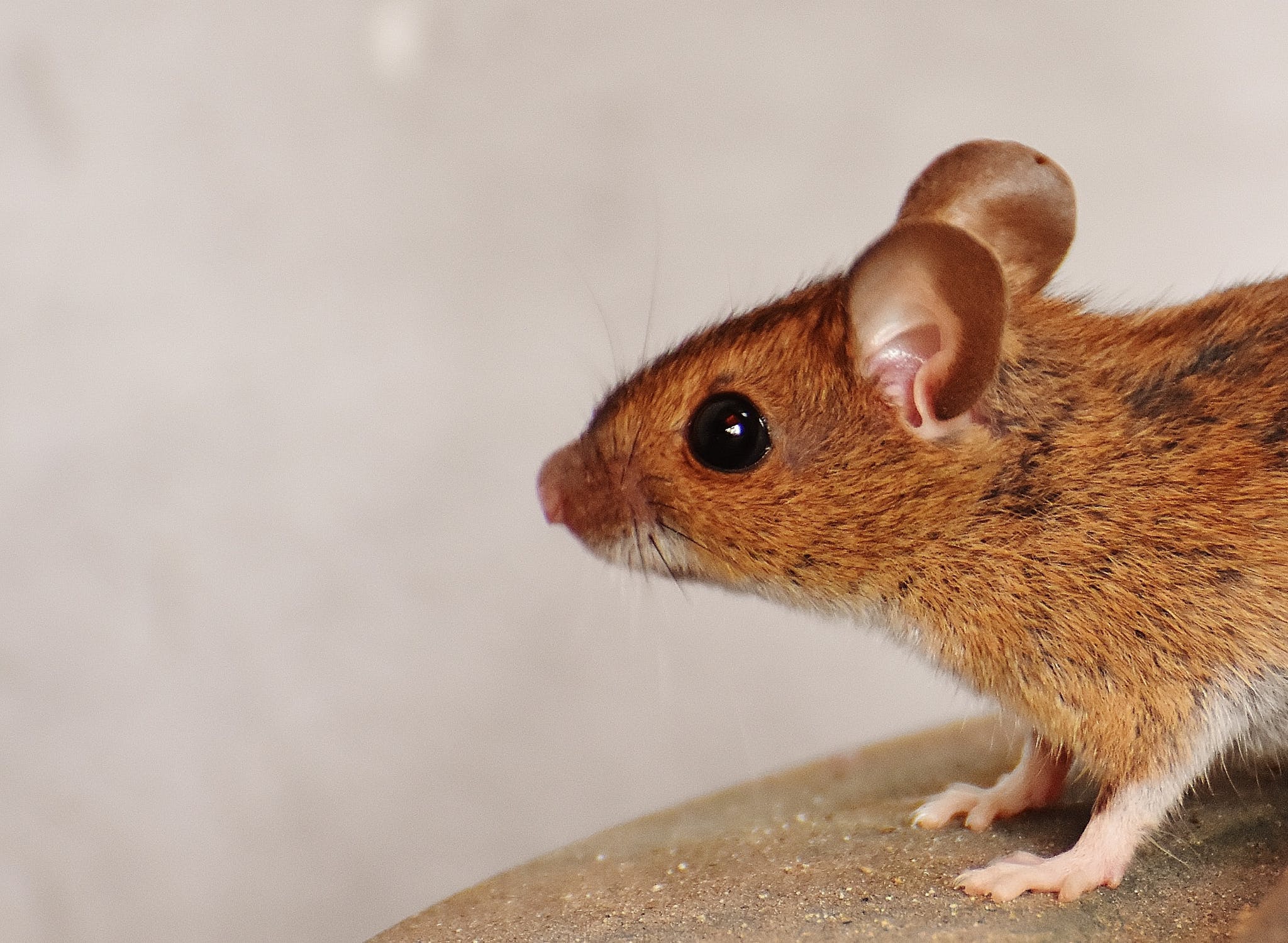Common Pests and How to Avoid Them
When it comes to pest prevention, it is certainly best to be safe rather than sorry.

When it comes to pest prevention, it is certainly best to be safe rather than sorry. From mice to ants and cockroaches, pest infestations can cause serious property damage and traumatize tenants, significantly worsening their perception of their living conditions. Fortunately, being aware of what draws pests to homes and adopting simple preventive solutions can effectively protect properties and tenants from unwanted encounters.
Ants
Ants are drawn to foods that most humans tend to consume fairly regularly: meat, starches and sweets. While most types of ants nest and live outside, they can easily detect nearby food sources and once found, they return regularly. In fact, ants release a chemical designed to guide them back to the newly found food source, which also indicates this to other ants in the colony. Infestations can easily get out of once the thousands of specimens from a certain colony learn where to go for food, which also increases the likelihood of indoor nesting.

Cockroaches
Cockroaches are nocturnal creatures, which makes them much more difficult to spot. Experts warn that in most instances, spotting a first cockroach is likely an indication of an entire colony having nested within the property. Aside from their unpleasant appearance, cockroach activity can severely affect the health of tenants as their droppings and cast-off skins are known to aggravate asthma, allergies and other breathing conditions.
Mice/Rodents
Just as for ants and cockroaches, food is the main culprit for attracting mice to human homes. Mice represent a serious threat for the safety of tenants as they can carry fleas and diseases that can be severely harmful to humans, such as meningitis. Tenants can be easily exposed to these harms as mice contaminate spaces with their fur and droppings. Mice can take over properties quickly because of their year-round, rapid breeding. Their presence can be quite destructive due to their chewing abilities, which can damage furniture, wiring, and even walls.

7 Types of Essential, Preventive Maintenance
1) To avoid any and all infestations, it is fundamental to regularly inspect properties for cracks, crevices and any kind of openings that would allow unwanted critters to access indoor spaces. This includes checking open vents and drainage pipes.
2) Pests need a source of moisture to survive, so it is adequate to minimize the presence of standing water by regularly checking whether pipes, AC units, gutters or downspouts leak or allow water to accumulate; scheduling seasonal maintenance and timely repairs for those systems is ideal.
3) Clogged and debris-filled gutters can make for a cozy hiding spot: making sure that gutters are regularly cleaned avoids this issue.
4) Regular trimming of trees and plants located next to windows and entryways can prevent branches from allowing pests to gain access to them.
5) All pests are naturally drawn to food, both inside of homes and as found outside in trash cans and disposal areas. Investing in trash cans and bins made of heavy, tough materials that have tight, sealable lids works best for keeping pests from identifying a property as an attractive, food-secure nesting place. Heavy-duty containers also make it difficult for raccoons and possums to force their way into garbage storage areas.

6) Some pests can utilize chimneys as access points and nest in attics and roofs. Having a professional install wiring or screens on chimney gaps can block access.
7) It is fundamental to encourage tenants to be mindful about safe food storage and disposal of organic material. Inside the home, food should be properly stored inside tight containers and fridges. Garbage should be disposed of in a timely manner.

